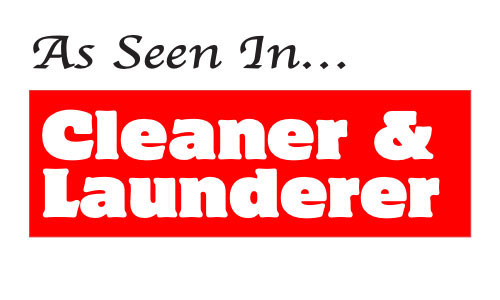Written by Justin Gifford, General Counsel, EnviroForensics
Whether you’re an attorney that specializes in complex environmental tort claims or are riding herd over specialized outside counsel, environmental law is unique in its blend of science, regulation and statute. When it comes to defending against EPA claims or pursuing actions against third-party polluters in complicated class actions, few if any individual lawyers or firms are able to successfully carry the day without a strong litigation support team, and that’s where EnviroForensics comes in. Coordinating technical experts with decades of experience with insurance archaeologists and risk managers, EnviroForensics’ full-service environmental Litigation Support Services are unmatched.
EnviroForensics provides a variety of services which can be critical to achieving the desired outcome in environmental litigation. Some of the litigation support services that EnviroForensics provide include determining the fate and transport of subsurface contaminants, human health & ecological risk assessments, Confidential Insurance Archaeology ® to locate coverage, damage assessments, expert witness testimony, coordination of expert witnesses and preparation of courtroom exhibits. When cleanup bills, property damage and responsible party status are on the line, EnviroForensics’ Litigation Support Services can act as a critical part of your legal strategy.

